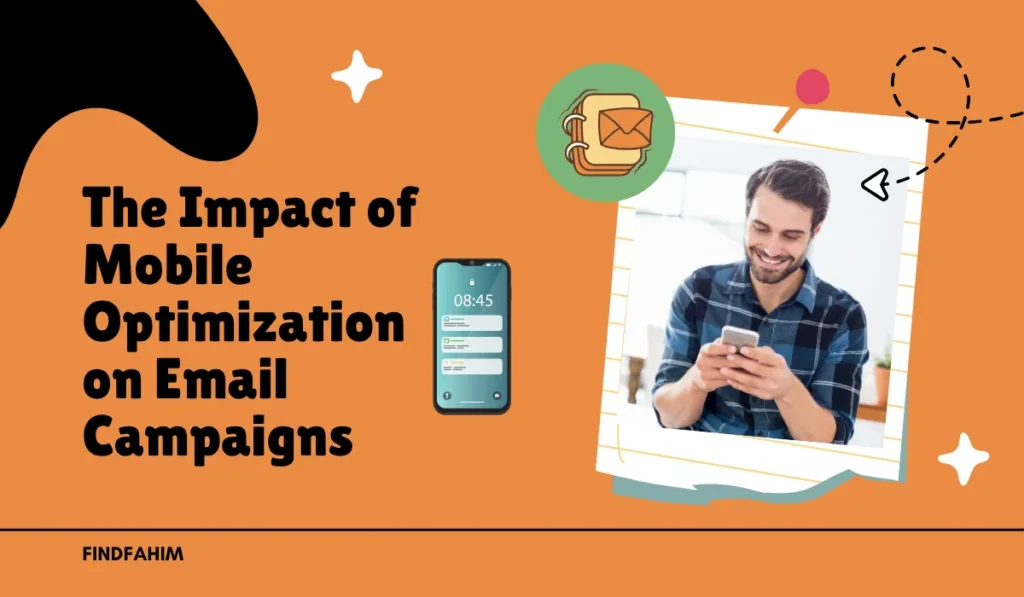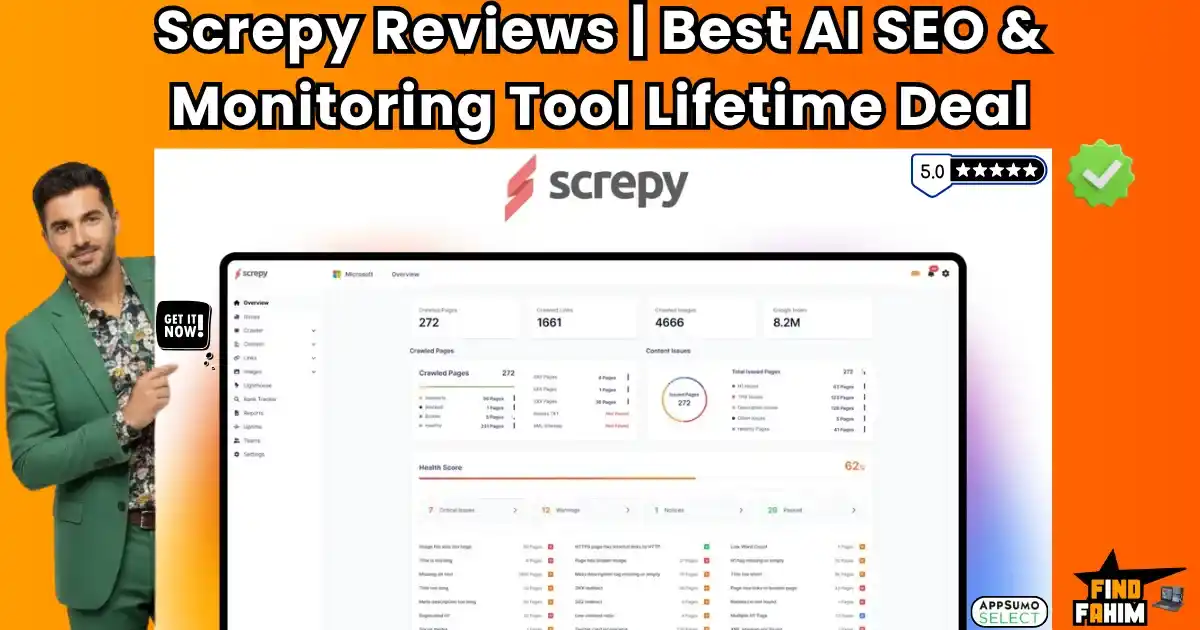Email marketing remains one of the most powerful and cost-effective tools for businesses to reach their audience, build relationships, and drive sales. But how do you ensure that your email campaigns are not only effective but also compliant with the law? How do you optimize for mobile devices and avoid the most common mistakes that plague many marketers?
In this article, we’ll cover the essential elements of email marketing success that every marketer should track and optimize. From the key metrics that gauge positive results to the legal considerations necessary for compliance and the impact of mobile optimization, we’ve got you covered. Additionally, we’ll explore the common mistakes to avoid in email marketing that could negatively affect your campaigns and ROI.
Let’s dive into the key elements that contribute to successful email marketing campaigns!
Table of Contents
ToggleKey Metrics You Should Track to Measure Email Marketing Success
To truly understand the effectiveness of your email marketing campaigns, you need to measure your performance through key metrics. Without tracking the right data, you may miss opportunities to optimize and refine your strategy. Here are the most important email marketing metrics you should track to measure your success:
1. Open Rates
Your open rate is one of the first indicators of how well your email is performing. It shows the percentage of recipients who open your email compared to the total number of emails delivered. A higher open rate indicates that your subject line was compelling and that your audience finds your content interesting enough to engage with.
- How to improve open rates:
- Craft attention-grabbing subject lines.
- Make sure your from name is recognizable and trustworthy.
- A/B test different subject lines to see which resonates better with your audience.
2. Click-Through Rates (CTR)
The CTR measures the percentage of recipients who clicked on one or more links in your email. This metric helps you understand how engaging your content is, particularly your Call to Action (CTA).
- Why CTR matters:
- It tells you how well your email content and design are driving your audience to take action.
- It shows the effectiveness of your content, whether it’s persuasive enough to prompt further engagement.
- How to increase CTR:
- Make sure your CTA buttons are clear, concise, and easy to find.
- Use personalized content that speaks directly to the needs of your audience.
- Keep your emails visually appealing with relevant images and short copy.
3. Conversion Rates
Ultimately, the goal of your email marketing campaigns is to convert subscribers into customers or achieve whatever business objective you set. The conversion rate measures the percentage of recipients who complete a desired action, such as making a purchase or signing up for a service.
- Why it matters:
- This is the most important metric because it directly ties to your bottom line.
- A high conversion rate means your email campaign successfully nurtured leads and convinced them to take action.
- How to improve conversion rates:
- Ensure your landing pages are well-optimized for a seamless user experience.
- Offer exclusive discounts or time-limited offers to incentivize action.
- Use segmentation to target the right audience with personalized messages.
4. Bounce Rates
Your bounce rate represents the percentage of emails that didn’t reach the recipient’s inbox. There are two types of bounces: hard bounces (permanent issues like invalid email addresses) and soft bounces (temporary issues like full inboxes).
- Why it matters:
- High bounce rates can negatively affect your email sender’s reputation, potentially causing future emails to be marked as spam.
- How to reduce bounce rates:
- Regularly clean your email list to remove invalid addresses.
- Use double opt-in to ensure the accuracy of subscriber emails.
- Pay attention to email list segmentation to ensure better targeting.
5. Unsubscribe Rates
The unsubscribe rate tells you how many recipients chose to opt out of receiving future emails from you. While some unsubscribes are inevitable, high unsubscribe rates can indicate that your emails aren’t meeting your audience’s expectations.
- Why it matters:
- A high unsubscribe rate can be a red flag that your emails are irrelevant or too frequent for your audience.
- How to reduce unsubscribes:
- Segment your audience and send personalized content that resonates with different customer personas.
- Ensure your emails are relevant and value-driven. Avoid over-sending emails.
- Make it easy for subscribers to update preferences rather than unsubscribe entirely.
Legal Considerations for Email Marketing Compliance
When it comes to email marketing, staying compliant with the law is crucial. Failing to follow regulations can lead to hefty fines and damage to your brand’s reputation. Here are the top legal considerations for email marketing:
1. General Data Protection Regulation (GDPR)
The GDPR is a regulation in the European Union (EU) that governs how businesses collect, store, and process personal data. If you’re targeting customers in the EU, it’s essential to ensure your email marketing practices comply with GDPR requirements.
- Key GDPR requirements:
- Explicit consent: You must obtain clear consent from individuals before sending them marketing emails.
- Right to access: Subscribers must have the ability to request access to their data.
- Right to be forgotten: Subscribers can request that you delete their data.
2. CAN-SPAM Act
In the United States, the CAN-SPAM Act sets rules for commercial emails, including requirements for opt-out options and accurate sender information.
- Key CAN-SPAM requirements:
- Include a clear opt-out option (unsubscribe link) in every email.
- Ensure your email header information (From, Subject, and Routing Information) is accurate and not misleading.
- Honor opt-out requests within 10 business days.
3. Consent and Opt-in
It’s essential to have explicit consent before sending marketing emails. This means subscribers must actively opt in to receive your emails, and you must keep a record of their consent.
- Best practices:
- Use double opt-in forms to confirm email addresses.
- Avoid pre-checked boxes and ensure that consent is unambiguous.
The Impact of Mobile Optimization on Email Campaigns
In today’s world, most people check their emails on mobile devices, making mobile optimization an essential part of your email marketing strategy. If your emails aren’t optimized for mobile, you risk losing engagement and damaging your brand’s reputation.
Why Mobile Optimization is Crucial
- Mobile email opens are now the majority, with studies showing that over 60% of emails are opened on mobile devices.
- Non-optimized emails can lead to a poor user experience, where emails are hard to read, images don’t load properly, or links don’t work.
Best Practices for Mobile-Optimized Emails
- Responsive design: Use responsive email templates that automatically adjust to different screen sizes.
- Clear and concise content: Keep your email copy short and easy to read on small screens.
- Optimized images: Use appropriately sized images for fast loading on mobile devices.
Testing for Mobile Optimization
Before sending out emails, it’s crucial to test them on various mobile devices to ensure they render correctly. Use tools like Litmus or Email on Acid to preview how your emails will appear on different screen sizes and email clients.
Common Mistakes to Avoid in Email Marketing
Email marketing can be incredibly effective, but there are common mistakes that can undermine your efforts and hurt your results. By avoiding these pitfalls, you can ensure that your campaigns perform at their best. Here are some of the top mistakes to steer clear of:
1. Not Segmenting Your Audience
One of the biggest mistakes in email marketing is sending the same email to your entire list. Not every subscriber has the same interests or needs, and segmentation is essential to delivering personalized, relevant content.
- How to avoid this mistake:
- Segment your list based on demographics, behavior, location, or past interactions.
- Send tailored emails that speak directly to the needs of each group.
2. Ignoring Mobile Users
With more than 60% of emails being opened on mobile devices, failing to optimize your emails for mobile users is a huge mistake. Poor mobile optimization can lead to low engagement rates and increased unsubscribe rates.
- How to avoid this mistake:
- Use responsive email design to ensure emails are easy to read and interact with on any device.
- Test your emails on various mobile devices before sending.
3. Overlooking Subject Line Optimization
Your subject line is the first thing recipients see, and it plays a crucial role in whether they decide to open your email. If it’s unclear, irrelevant, or too long, recipients may ignore it altogether.
- How to avoid this mistake:
- Craft compelling and personalized subject lines that grab attention.
- Keep it short and sweet, and make it clear what value the recipient will get by opening the email.
4. Not Testing Emails
Sending emails without conducting proper tests is a recipe for disaster. A/B testing allows you to evaluate what works best for your audience and make improvements before sending to the entire list.
- How to avoid this mistake:
- Regularly conduct A/B tests on subject lines, CTAs, email copy, and images.
- Analyze the results and implement the changes that drive better results.
5. Sending Too Many or Too Few Emails
Over-emailing can annoy subscribers and increase your unsubscribe rate, while under-emailing can cause your audience to forget about your brand.
- How to avoid this mistake:
- Find the right balance between the frequency of your emails and the value you provide.
- Use email automation to send the right message at the right time based on user behavior.
6. Lack of Personalization
Generic, one-size-fits-all emails can feel irrelevant to recipients. Personalized emails—whether it’s addressing the recipient by name or offering personalized recommendations—have much higher engagement rates.
- How to avoid this mistake:
- Use dynamic content to personalize your emails based on the recipient’s preferences, purchase history, or behavior.
- Segment your audience to create tailored messaging that resonates with different groups.
7. Ignoring Analytics and Data
Not tracking your email marketing metrics means you’re flying blind. Without data, you can’t identify areas for improvement or know which aspects of your campaign are working well.
- How to avoid this mistake:
- Regularly review your email campaign analytics.
- Track open rates, click-through rates, conversions, and other key metrics to make data-driven decisions.
8. Failing to Follow Up
Sending an email and forgetting about it is a missed opportunity. Follow-up emails are crucial for nurturing leads and encouraging conversions, especially for cart abandonment or re-engagement campaigns.
- How to avoid this mistake:
- Create a follow-up strategy for your campaigns, such as a series of reminder emails or offering additional incentives.
- Ensure your follow-up messages are timely and relevant.
9. Using a No-Reply Email Address
Sending emails from a no-reply email address is a bad practice because it makes it difficult for recipients to engage with your content and ask questions.
- How to avoid this mistake:
- Use an email address that allows your audience to respond and engage with your brand.
- It shows that you value interaction and helps build trust.
10. Forgetting to Test for Deliverability
If your emails aren’t reaching your recipients’ inboxes, then all your hard work goes to waste. It’s important to ensure that your emails pass spam filters and don’t get lost in the junk folder.
- How to avoid this mistake:
- Regularly test your emails for deliverability before sending.
- Keep an eye on your sender reputation and avoid triggering spam filters by sending relevant and high-quality content.
Table: Key Metrics for Measuring Email Marketing Success
| Metric | What It Measures | How to Improve |
| Open Rate | Percentage of recipients who open your email. | Craft compelling subject lines and optimize the “from” name. |
| Click-Through Rate | Percentage of recipients who click links in your email. | Make CTAs prominent and offer engaging content. |
| Conversion Rate | Percentage of recipients who complete the desired action. | Optimize landing pages and personalize emails. |
| Bounce Rate | Percentage of emails that fail to reach recipients. | Regularly clean your email list and avoid invalid email addresses. |
| Unsubscribe Rate | Percentage of recipients who opt out of your emails. | Provide valuable content and ensure relevance. |
| Spam Complaints | The percentage of recipients who mark your email as spam. | Follow CAN-SPAM guidelines and send relevant emails. |
Conclusion
Email marketing remains one of the most effective ways to connect with your audience and drive conversions, but it requires careful strategy and execution. By tracking key metrics, adhering to legal regulations, optimizing for mobile devices, and avoiding common mistakes, you can ensure that your campaigns are effective and compliant.
With the insights provided in this article, you now have the tools to refine your email marketing strategy and avoid pitfalls that could harm your performance. Make sure to continuously analyze your campaigns and adjust based on the results to maximize your email marketing success.
10 FAQs on Email Marketing
1. What is the best time to send marketing emails?
The best time depends on your audience, but generally, emails sent between 10 AM to 2 PM on weekdays tend to get better open rates. Test different times to see what works for your specific audience.
2. How do I grow my email list?
You can grow your list by offering incentives like discounts or free content, using opt-in forms on your website, running social media campaigns, and ensuring you have clear call-to-action buttons for signups.
3. How often should I send marketing emails?
It varies by business and audience, but weekly or bi-weekly is a good starting point. Avoid over-emailing to prevent unsubscribes, but be consistent enough to stay on your audience's radar.
4. How do I ensure my emails don’t end up in spam?
Ensure that you’re using a recognizable sender name, have a clear subject line, and avoid words that trigger spam filters (like “free” or “buy now”). Also, ensure that your emails are relevant to your audience and follow CAN-SPAM guidelines.
5. What are some common email marketing mistakes?
Some common mistakes include not segmenting your audience, not optimizing for mobile, sending too many emails, and failing to test your emails.
6. How do I make my email campaign more personalized?
You can personalize your emails by using dynamic content such as the recipient's name, location, past purchases, or behavioral data to tailor the message.
7. What is the difference between hard and soft bounces?
A hard bounce is a permanent failure (e.g., invalid email address), while a soft bounce is a temporary issue (e.g., full inbox).
8. How do I improve my email’s conversion rate?
Improve your email’s conversion rate by making your CTAs clear, offering relevant content, segmenting your list, and optimizing your landing pages.
9. Should I send emails with images?
Yes, but make sure the images are optimized for quick loading and that they support your message. Too many images can slow down the email, especially on mobile devices.
10. How can I track the effectiveness of my email campaigns?
Track your email campaigns by monitoring open rates, click-through rates, conversion rates, and bounce rates. Use tools like Google Analytics and email marketing platforms to get deeper insights.
Hi, I’m Fahim — a SaaS tools reviewer and digital marketing expert with hands-on experience helping businesses grow using the right software. I research, test, and personally use a wide range of AI, business, productivity, marketing, and email tools for my agency, clients, and projects. I create honest, in-depth reviews and guides to help entrepreneurs, freelancers, startups, and digital agencies choose the best tools to save time, boost results, and scale smarter. If I recommend it, I’ve used it — and I only share what truly works.








